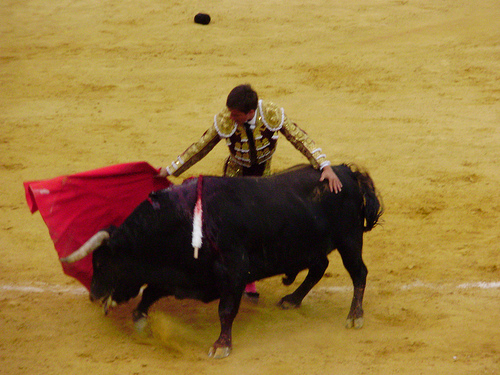There are lines in literature that stay with us not because they are elegant, but because they are unsettling. William Faulkner’s As I Lay Dying gives us one of the strangest and most unforgettable: Vardaman’s declaration, “My mother is a fish.”
It’s an odd sentence—five simple words, childlike in structure, and yet heavy with meaning. For decades, it has puzzled readers, inspired essays, and filled search bars. But what keeps this line alive isn’t just its peculiarity. It’s the way it exposes something deeply human: the struggle to make sense of loss when our language hasn’t caught up to our experience.
A Child’s Logic Inside a World That Has Broken Open
Vardaman’s reasoning is literal. A fish becomes something else once it is cut apart; his mother, once alive, is now transformed into something not-mother. His world has shifted, and he reaches for the only framework he understands.
Faulkner wasn’t simply being clever here. He was showing us how children meet grief with raw logic. When the world becomes unrecognizable, they reach for metaphors they don’t yet know are metaphors.
Adults do this too—we just hide it better.
Identity, Change, and the Names We Give to Loss
There’s a deeper truth at the center of Vardaman’s confusion:
When someone changes in a way we cannot comprehend, we scramble for new language to match the new reality.
We feel this when:
a relationship fractures
a loved one becomes someone we hardly recognize
illness changes a person’s mind, personality, or presence
death reshapes our understanding of who they were
We often respond with the emotional equivalent of Vardaman’s line.
We rename the experience to survive it.
“My mother is gone.”
“The person I knew isn’t here anymore.”
“He’s not himself.”
“It doesn’t feel real.”
Language becomes a coping mechanism—imperfect, blunt, necessary.
Where Logic Fails, Metaphor Steps In
Faulkner understood something essential about human nature:
We use symbols when reality feels unmanageable.
When Vardaman says his mother is a fish, he isn’t offering a literal explanation.
He’s reaching for the only metaphor he has.
Adults do the same when we say things like:
“My life is in pieces.”
“Everything is up in the air.”
“I’m trying to keep my head above water.”
We tell stories to understand ourselves, even when the stories are strange.
Why This Line Still Matters Today
What makes “My mother is a fish” timeless is not the shock value.
It’s the honesty.
It captures:
the collapse of certainty
the reshaping of identity
the struggle to name what can’t be named
the way grief pulls language apart and forces it back together
It reminds us that confusion is not a failure of understanding—it is part of the process of making sense of what has changed.
Sometimes truth arrives through the simplest, strangest sentence.
Closing Reflection
Faulkner wasn’t writing about a fish.
He was writing about the fragile bridge between what we know and what we can no longer explain.
When life changes suddenly—when someone we love becomes someone we lose—we reach for words that are too small for the moment. And yet, sometimes those words are all we have.
Vardaman’s line stays with us because it exposes a reality we don’t often admit:
Grief makes children of us all.
Related Reading
If you're interested in the original context and symbolism behind Vardaman’s line, you can read my earlier 2018 analysis of As I Lay Dying here:
Related Reading
If you're interested in the original context and symbolism behind Vardaman’s line, you can read my earlier 2018 analysis of As I Lay Dying here:






















